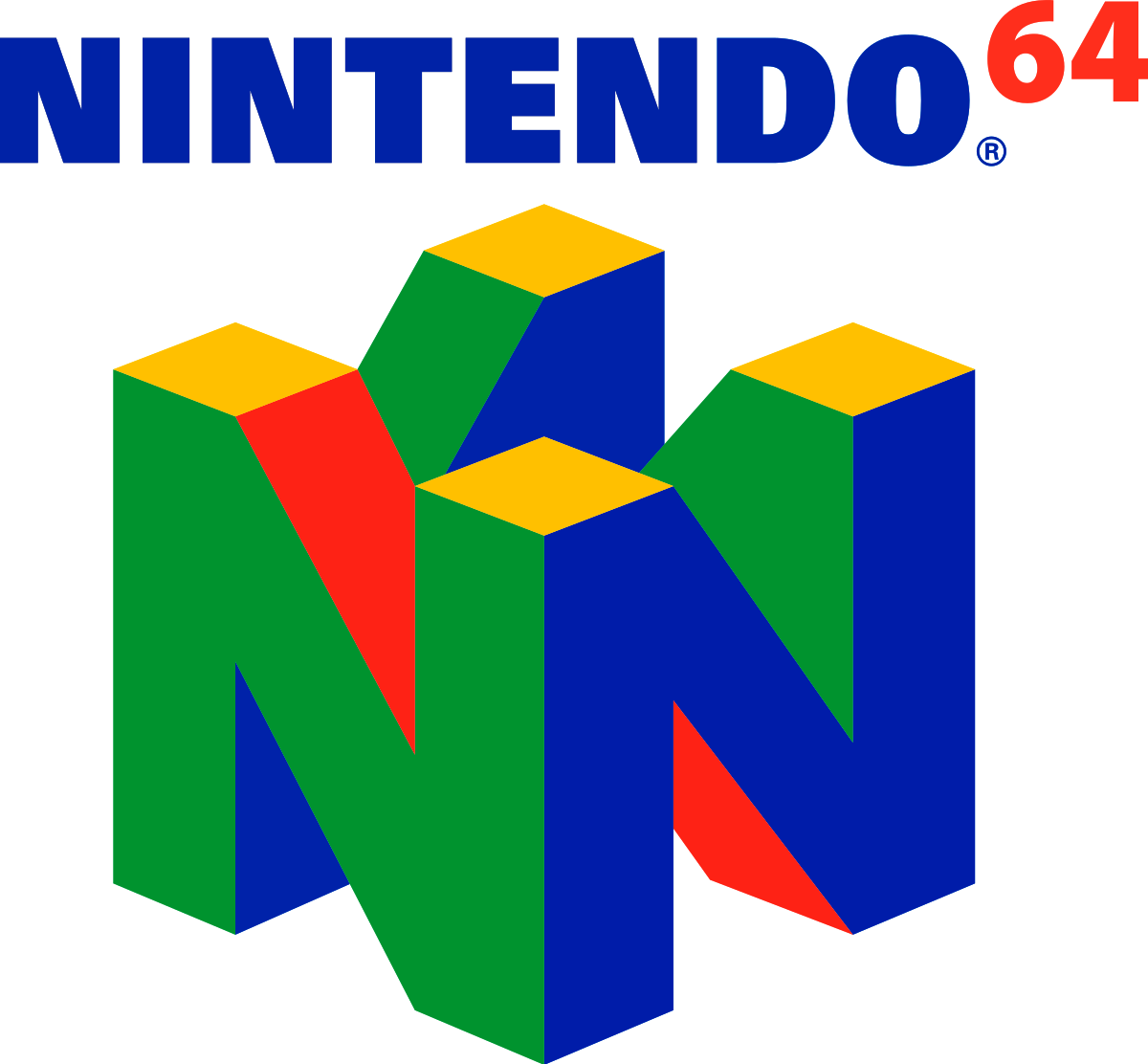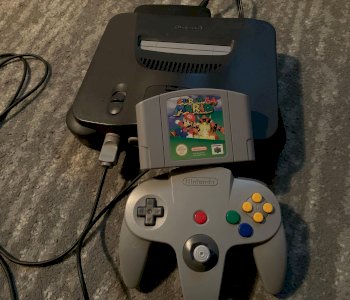Why did the Nintendo 64 have a 64 bit processor?
As far as I know, the Nintendo 64 was advertised with a 64-bit processor, from the PC I know that 64-bit (x64) only makes sense over (approx.) 4GB, but the Nintendo 64 worked in the MB range.
So I wonder if I might misunderstand the whole thing or maybe the whole thing was just a marketing joke and in the end had no real advantages - or maybe everything had completely different reasons.
The 4 GB rail is just one aspect of many for the 64 bit rail.
The reason was most likely marketing. In the 80s there were 8 bit consoles, then 16 bits followed and in the 90s 32 bit consoles came onto the market. Advertisers suggested that more bits meant a better console with better graphics.
As I understand it now via wiki, 64 bit is not a memory issue but the way the processor works. In terms of the system, it is the same only that the technology has become more powerful.
A 64-bit architecture can't only address more than 4 GiB, but can also perform arithmetic operations with 64-bit numbers more efficiently. Games benefit from better computing power if they use such large numbers.

https://de.wikipedia.org/...intendo_64 only writes:
The actual advantages in games with the 64-bit architecture were, however, to be classified as marginal, whereby the advantage in arithmetic calculations is noteworthy.
Under certain circumstances, a 64-bit level could already bring benefits in the past if everything was optimized in one go via hardware - operating systems - application in all intermediate steps to 64 bits.
The increases in performance were not really "serious" at first, but they could already be market-relevant in a one-handed cooperation.
The first × 64 - compatible system platforms were able to achieve striking performance increases compared to 32 bits with less hardware; on the PC, this took longer at the software level, since there's an open programming level for consoles in terms of software.
Explanation: A CPU consists of several registers in which the computing operations are carried out. On a 64-bit architecture, each register is 64 bits. The registers also store the memory addresses that are required for the current calculation.
For efficiency reasons, a memory address must fit in a single register. On a 32-bit architecture, a memory address can't be more than 32 bits long, and this means that only 2 ^ 32 = 4294967296 bytes = 4 GiB can be addressed.
Ok so next try to understand the whole thing: The register now tells you what is now stored where and the name of the file (or guide as I call it) must not exceed 64 bits. The only question now is whether it was the same with Nintendo. Whether he also had so many "departments" and only the performance was improved.


